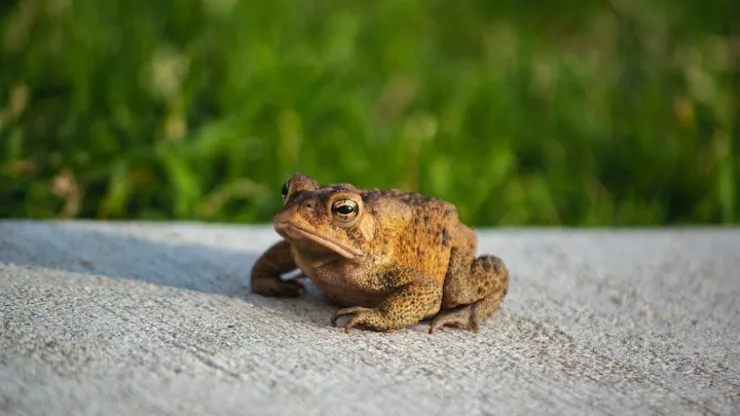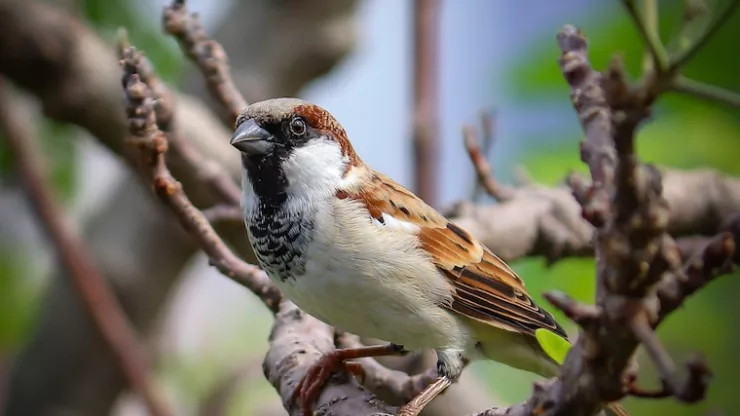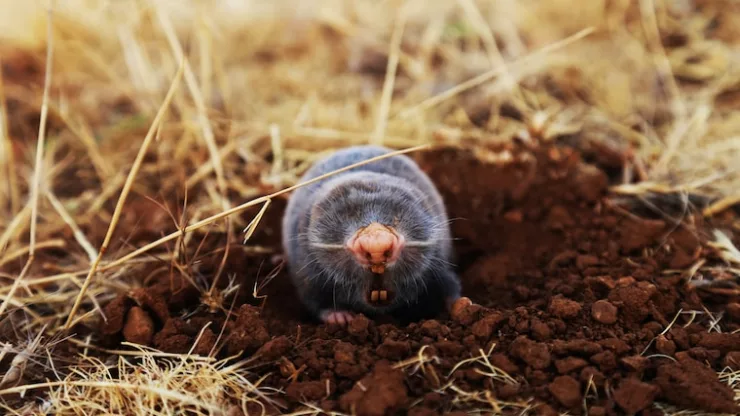Frogs and toads are fascinating creatures that are found in different habitats, including urban areas.
Urban toads are a common sight in cities and towns, and they play a vital role in the ecosystem.
In this article, we will explore the diet of urban toads and the benefits and challenges they face in finding food.
Jump to Section
Introduction
What are Urban Toads?
Urban toads are a species of toads that have adapted to living in urban environments.
They can be found in parks, gardens, and other green spaces in cities and towns.
Urban toads are similar to their wild counterparts in terms of their physical appearance, but they have developed unique behaviors and adaptations to survive in urban areas.
Importance of Understanding Urban Toads’ Diet
Understanding the diet of urban toads is crucial for their survival and for maintaining a healthy ecosystem.
Urban toads play an essential role in controlling pests and insects, and they are also an important food source for many predators, including birds, snakes, and other animals. By learning about their diet, we can help preserve their habitat and ensure their continued existence in urban areas.
The Diet of Urban Toads
Types of Food Eaten by Urban Toads
Urban toads are opportunistic feeders, which means they will eat almost anything they can catch.
They mainly feed on insects, such as beetles, ants, and crickets, but they will also eat spiders, snails, and other small invertebrates.
They are also known to eat small vertebrates, such as mice and other small rodents.
How Urban Toads Hunt for Food
Urban toads use their long, sticky tongues to catch insects and other prey.
They sit and wait for their prey to come close and then quickly snap their tongues out to catch them.
They are also known to chase after prey and use their strong legs to leap and catch them.
Factors Affecting Urban Toads’ Diet
Several factors can affect the diet of urban toads, including the availability of food, weather conditions, and human activities.
Changes in weather patterns, such as droughts or floods, can affect the number and type of insects available for them to eat.
Human activities, such as the use of pesticides and the destruction of habitats, can also impact their food sources.
Benefits and Challenges of Urban Toads’ Diet
Benefits of the Urban Toads’ Diet
Urban toads play a vital role in controlling pests and insects in urban areas.
By eating insects, they help reduce the number of pests that can damage crops and gardens, and they also help control the spread of diseases carried by insects.
Challenges Faced by Urban Toads in Finding Food
Urban toads face several challenges in finding food in urban areas.
The destruction of their habitats and the use of pesticides can reduce the number of insects available for them to eat.
They are also at risk of being hit by cars when they venture onto roads in search of food.
Human Interaction with Urban Toads’ Diet
How Human Activities Affect Urban Toads’ Diet
Human activities, such as the use of pesticides, can have a significant impact on the diet of urban toads.
Pesticides can kill insects that are a vital food source for these toads, leading to a decline in their population.
The destruction of habitats, such as the clearing of green spaces for development, can also reduce the number of insects available for them to eat.
Steps to Minimize Negative Impact on Urban Toads’ Diet
There are several steps we can take to minimize the negative impact of human activities on the diet of urban toads.
These include avoiding the use of pesticides in areas where urban toads live, preserving green spaces and habitats, and minimizing the use of cars and other vehicles in areas where they are known to live.
Preserving Urban Toads’ Habitat
The importance of preserving the habitat of urban toads cannot be overstated.
By preserving their habitat, we can ensure that they have access to a healthy and diverse diet, which in turn helps maintain a healthy ecosystem.
We must take steps to protect and preserve green spaces and habitats, minimize the use of pesticides, and reduce the impact of human activities on these toads.
Final Thoughts on Urban Toads’ Diet
Urban toads are fascinating creatures that have adapted to living in urban environments.
Their diet plays a vital role in maintaining a healthy ecosystem, and we must take steps to preserve their habitat and ensure their continued survival.
By learning about their diet and taking steps to minimize the negative impact of human activities, we can help protect these toads and maintain a healthy and diverse urban ecosystem.
FAQ
What do urban toads eat?
Urban toads mainly feed on insects, such as beetles, ants, and crickets, but they will also eat spiders, snails, and other small invertebrates.
They are also known to eat small vertebrates, such as mice and other small rodents.
How do urban toads catch their prey?
Urban toads use their long, sticky tongues to catch insects and other prey.
They sit and wait for their prey to come close and then quickly snap their tongues out to catch them.
They are also known to chase after prey and use their strong legs to leap and catch them.
What can we do to help urban toads find food?
To help urban toads find food, we can take steps to preserve their habitat, minimize the use of pesticides, and reduce the impact of human activities on these toads.
We can also provide food sources, such as planting native plants that attract insects and other small invertebrates.
I’m a nature enthusiast and creator of Metro Wilds and have spent years exploring the great outdoors.
With a passion for environmental conservation and sustainability, I have dedicated my career to writing about the beauty and wonders of nature, as well as the threats facing our planet.
Contact me at [email protected] for assistance.





